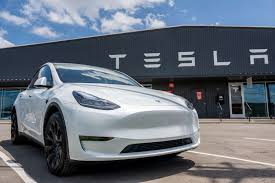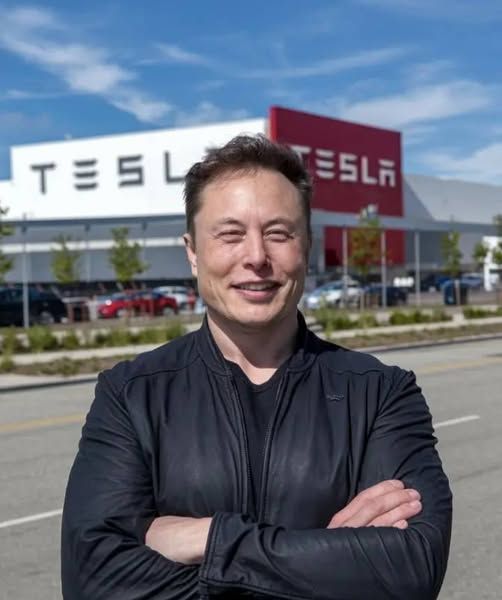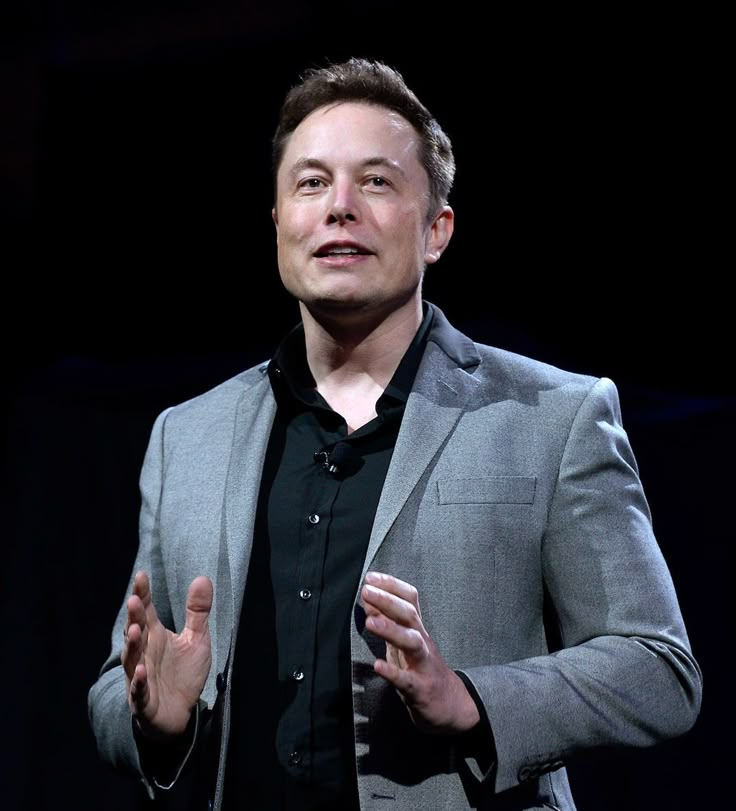In a dramatic turn of events, Tesla Inc. has suffered a staggering $380 billion wipeout in market capitalization, marking the biggest market value loss among the world’s top companies in 2025. This sharp downturn has not only rattled investors but also raised significant concerns about the electric vehicle (EV) giant’s future direction.
Tesla’s valuation has plunged nearly 30% since the beginning of the year, shrinking its market cap to $917 billion. While the company remains a major player in the global EV industry, its recent struggles reflect a combination of internal and external challenges that have collectively undermined its dominance.

Key Drivers Behind the Collapse
- Musk-Trump Feud Takes Center Stage
CEO Elon Musk’s increasingly vocal criticisms of President Donald Trump’s new tax and spending bill—and Trump’s subsequent threats to terminate government contracts with Tesla and SpaceX—have sent shockwaves through the market. Political uncertainty around Tesla’s federal relationships has led to a drop in investor confidence. - Declining Global Demand for EVs
Tesla has faced slowing demand in major international markets. In the United Kingdom, Tesla sales in May 2025 plummeted by more than 45%, while the broader auto industry saw a 28% surge. Similar patterns have been reported across other European and Asian markets, most notably China. - Rising Competition from BYD and Others
Chinese automaker BYD has now surpassed Tesla in global EV sales, largely thanks to its more affordable models and localized software. This shift is forcing Tesla to reconsider pricing strategies and innovation priorities in an increasingly competitive space.

4. Regulatory Headwinds in the U.S.
Several states, including California, are exploring tighter EV mandates and reviewing current tax credit policies. These regulatory pressures could substantially reduce Tesla’s domestic sales advantages and compress profit margins.
5. Leadership Distraction and Delayed Innovation
Elon Musk’s deepening involvement in political discourse, including his short-lived role at the Department of Government Efficiency (DOGE), has sparked criticism from stakeholders. His recent decision to step back from government roles is viewed by some as an attempt to realign his focus on Tesla’s core operations. Additionally, the anticipated unveiling of Tesla’s robotaxi platform has been delayed to October 2025.

What This Means for Tesla’s Future
Tesla’s latest earnings report already signaled trouble: a 71% drop in net income in Q1 2025 and a 9% decline in total revenue. The $380 billion market cap loss now underscores a broader crisis of confidence.
Despite these challenges, Tesla maintains a loyal investor base and a proven track record of rebounding from adversity. However, with shifting consumer preferences, rising geopolitical tensions, and growing competition, the road ahead will require strategic recalibration and operational resilience.










 /home/afripjzx/technewsglobal.net/wp-content/themes/foxiz/templates/popup.php on line 167
/home/afripjzx/technewsglobal.net/wp-content/themes/foxiz/templates/popup.php on line 167